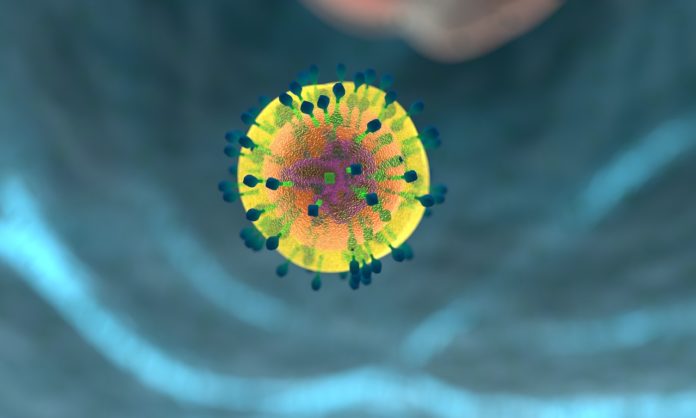The flu is a major public health issue. Thus, it brought about issues, for example, expanded medicinal care utilization, non-attendance, and mortality, to give some examples. Now, scientists at the University of Geneva (UNIGE), Switzerland, developed Grippenet.ch, the Swiss component of a European initiative for participatory influenza surveillance called Influenzanet.
In opposition to Sentinella, the epidemiological observation framework dynamic in Switzerland since 1986, the information isn’t gotten through the channel of well-being specialists, yet straightforwardly from patients.
Early outcomes demonstrate that this novel framework could demonstrate a helpful supplemental apparatus for early detection and monitoring of infectious outbreaks, through expanded speed and adaptability. Likewise, it could enable researchers to better comprehend the transmission of the infection and how human behavioral reactions can contain scourges.
Aude Richard, a medical doctor at the Institute of Global Health at the Faculty of Medicine of UNIGE said, “The principle is very simple. After an anonymous and free registration on grippenet.ch, participants receive a short survey on a weekly basis, inquiring whether or not they have suffered from potentially flu-related symptoms.”
According to scientists, the more aware and informed people are, the better they can protect themselves.
Dirk Helbing, Professor of Computational Social Science at the ETH Zurich said, “I am thinking, for example, about measures such as vaccination, avoiding contact with crowds, hand hygiene and the reduction of physical contacts with others.” Contributors can view a map of Switzerland to see the flu levels reported by the community in different cantons, including their own, as well as other statistics on flu incidence. They can also access more information about influenza and preventive measures.”
“Our ultimate goal is to create a tool that gives people accurate information about their exposure to flu so that they have the power to take smart actions to protect themselves and avoid spreading the flu to others.”
Taking a step forward toward their goal, scientists have launched a state-of-the-art smartphone app, initiating a research study to develop artificial intelligence methods to predict flu exposure through sensor data collected with the utmost respect for user privacy.
Since 1986 in Switzerland, the Sentinella epidemiological surveillance system has been monitoring flu outbreaks. Relying on week after week reports by specialists, it gives a consistent perception of flu infections circling inside the nation. Sentinella works in the observation of numerous intense transferable maladies and is utilized for inquiring about all in all medication. Since its beginning in 1986, 150 to 250 GPs have taken an interest intentionally in the Sentinella framework every year.
Antoine Flahault, Director of the Institute of Global Health at the Faculty of Medicine of UNIGE said, “Unlike the Sentinella network that relies on medical practitioners for the declaration of cases of flu, grippenet.ch gets its data directly from the population.”
“This provides us with a surveillance system that could potentially be faster and more flexible than Sentinella and allows for direct international comparisons of flu epidemics since the data is directly comparable with other European countries. In addition, not everyone who gets sick with the flu sees a doctor, which is why grippenet.ch is complementary to Sentinella.”
“The comparison of the two systems gives us important insights for the planning and prioritization of the public health epidemic response, allowing us, for example, to estimate the percentage of people who do not consult a doctor in case of flu-like symptoms.”
Antoine Flahault said, “Through this system, our hope is to better prevent and control the course of the epidemic, as well as its negative consequences. In the future, this precursor system could be extended to the surveillance of other diseases, including emerging diseases, providing more reactive data than current surveillance systems, thus allowing for earlier action.”
